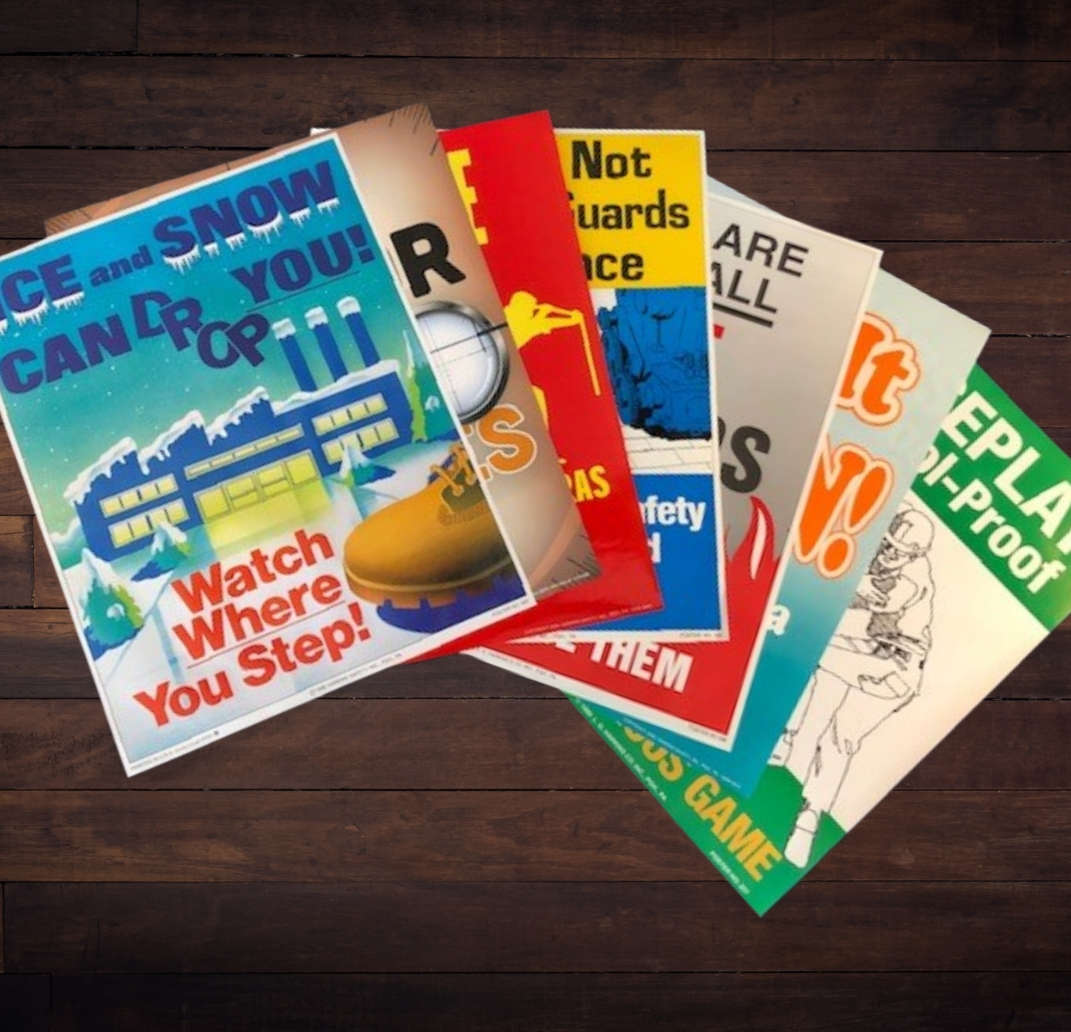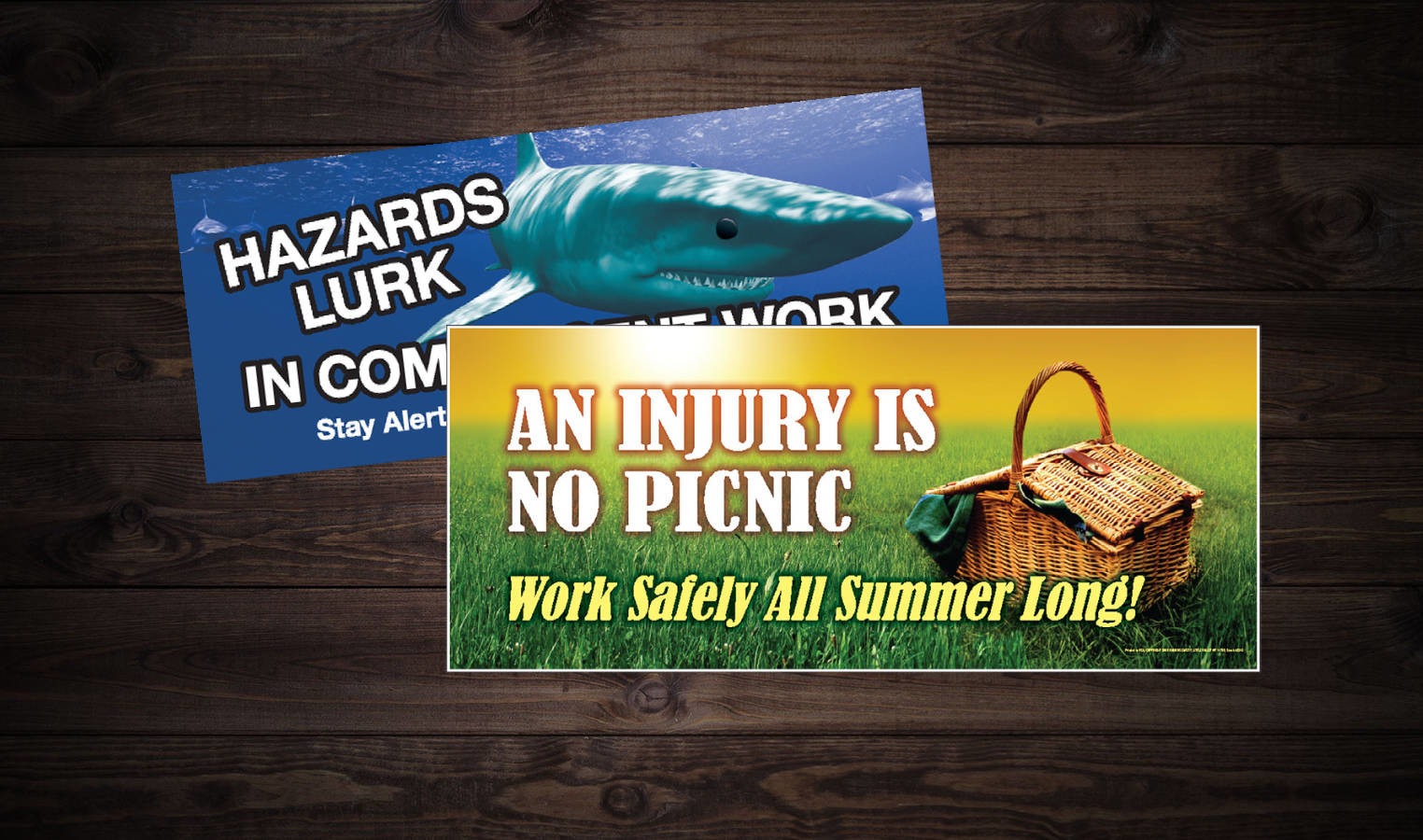The Long View
There’s nothing unusual about a telescope. They’re in observatories and backyards across the country. But a telescope in space-now, that was something to talk about. And in the late 70s they did. Here’s the story of the telescope in space and how it almost didn’t happen.
The Hubble Space Telescope is named after American astronomer Edwin Hubble, and its purpose is to get an up-close-and-personal look at the quasars, pixars , quarks and other lights in the sky. Because the Hubble is in space-beyond the earth’s atmosphere-it can take extremely detailed pictures with no background, giving astronomers a better look at the stars than ever before. These are the most inclusive images ever produced of some of the most distant objects in the galaxy.
The Hubble is the only telescope designed to be serviced and maintained in space. Planned repairs and maintenance will allow it to stay in operation until at least 2013, when its successor, the James Webb Space Telescope, is set to be launched.
But the Hubble almost never happened. The idea for a space telescope was proposed in the 1940s, and the Hubble was funded in the 1970s, but it wasn’t launched until 1990. Throughout there were technical glitches and budget problems. In 1986, the launch of the Hubble seemed possible, but the Challenger space shuttle disaster brought the space program to a screeching halt. When the Hubble finally was launched, scientists found that its mirror had been ground incorrectly-a problem fixed by an in-space servicing mission in 1993. Had the problems not been overcome, the world would never have seen the incredible images the Hubble telescope has produced.
Are you letting “problems” with PPE stop you from protecting your precious eyesight on the job? Most eye injuries occur because workers aren’t aware of potential hazards, don’t use protective eye wear, or use the wrong type. Flying chips or particles, electrical arcing or sparks, chemical gases, light from welding and other harmful sources, chemicals, molten metals, dusts and swinging objects. They are all hazards that require protection.
So, first know which is the right eye protection for the job you are doing and the hazards you will encounter. If you wear prescription glasses, make sure your protective eye wear fits properly over them. Second, inspect your PPE before each use. To be effective, it must be in good condition and fit well. Third, keep your protective eye wear clean and store it properly.
Remember, take the long view and protect your eyesight for a lifetime of amazing and awe-inspiring sights.
SIGHT SAVERS***PROTECT WHAT’S PRICELESS
*Copyright 2008 Harkins Safety B-247





